Google DeepMind scientists built a computer program that gives signals from future to past, in a kind of theoretical model that feels like things people do when they learn from their mistakes. Just remember, it’s only a game.



The new tactics and operating concepts will draw on three years of Syrian operations.
The Russian military is gathering proposed tactics, techniques and procedures for using robots in urban and coastal combat, the RiaNovosti state news agency said Sunday.
The defense ministry has asked various military-industrial enterprises to provide proposals for review by early next year to the military’s Combined Arms Academy. The initiative is meant to address “the virtual absence of a unified concept for the use of military robotics by the Russian armed forces,” the Russian agency wrote.
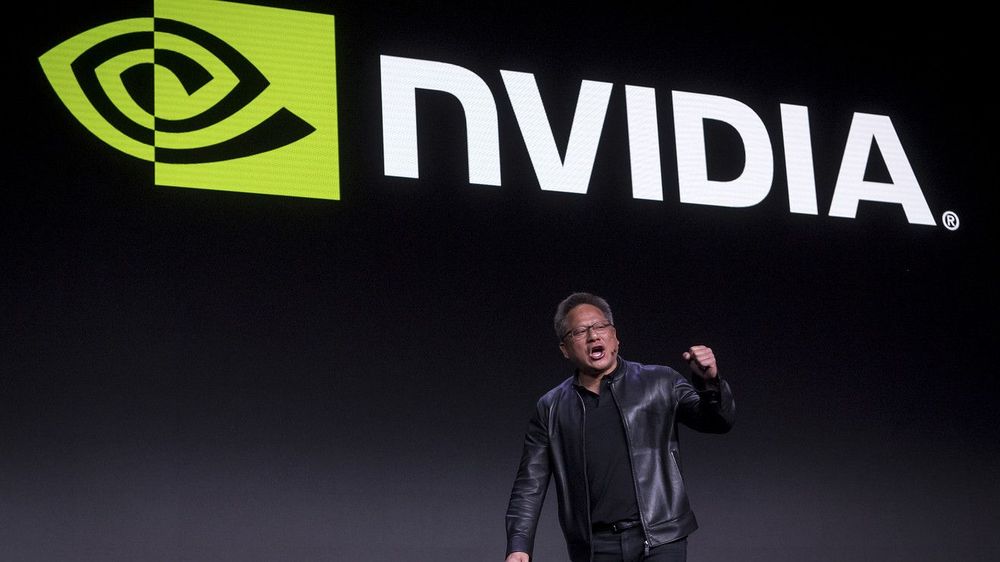
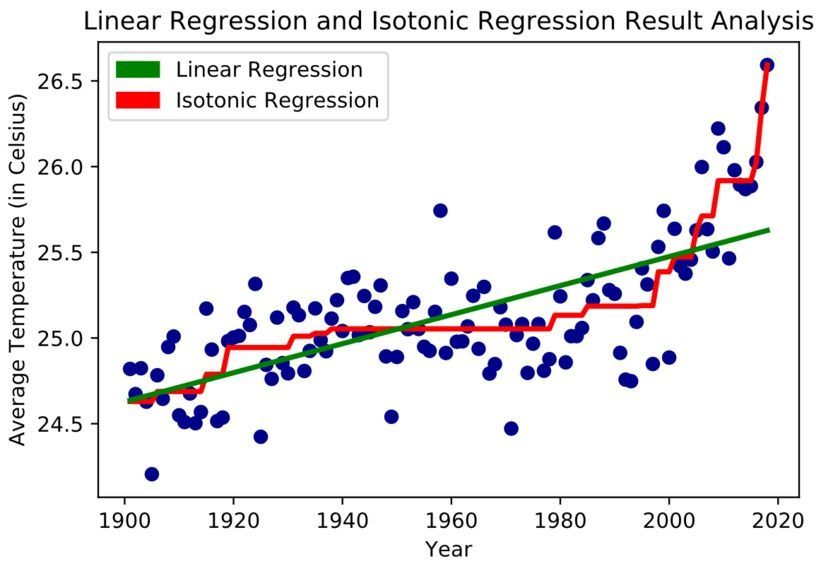
The term “Isotonic” originates from the Greek root words “iso” and “tonos.” The root “iso” isn’t just a file format, it actually means equal. “Tonos,” on the other hand, means to stretch. The word Isotonic can mean a multitude of things stretching from material and physical sciences to liberal arts.
Equal Stretch Regression (Isotonic Regression) is a really cool model for statistical inference. My obsession with isotonic regression has long been expanding, because the model is just so interesting, and cool.


NASA astronaut Nicole Stott examines scenes depicting space from movies and television and breaks down how accurate they really are. What actually happens when your helmet cracks in space like in Total Recall? Are the spacewalks in Gravity realistic? Could there really be AI on a space station like in 2001: A Space Odyssey?
Still haven’t subscribed to WIRED on YouTube? ►► http://wrd.cm/15fP7B7
Get more incredible stories on science and tech with our daily newsletter: https://wrd.cm/DailyYT
Also, check out the free WIRED channel on Roku, Apple TV, Amazon Fire TV, and Android TV. Here you can find your favorite WIRED shows and new episodes of our latest hit series Tradecraft.
ABOUT WIRED
WIRED is where tomorrow is realized. Through thought-provoking stories and videos, WIRED explores the future of business, innovation, and culture.
NASA astronaut breaks down space scenes from film & TV | WIRED
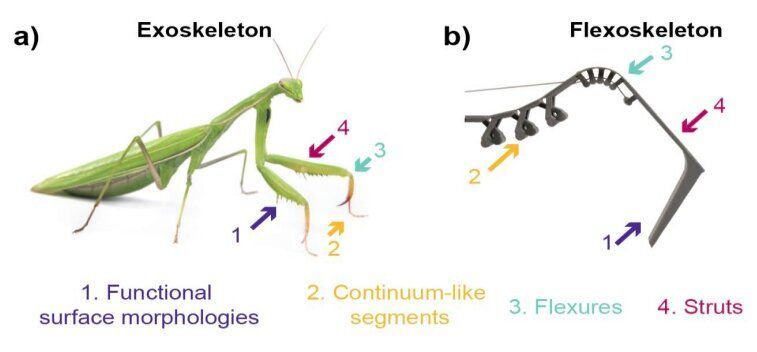
Insects typically have a variety of complex exoskeleton structures, which support them in their movements and everyday activities. Fabricating artificial exoskeletons for insect-inspired robots that match the complexity of these naturally-occurring structures is a key challenge in the field of robotics.
Although researchers have proposed several fabrication processes and techniques to produce exoskeletons for insect-inspired robots, many of these methods are extremely complex or rely on expensive equipment and materials. This makes them unfeasible and difficult to apply on a wider scale.
With this in mind, researchers at the University of California in San Diego have recently developed a new process to design and fabricate components for insect-inspired robots with exoskeleton structures. They introduced this process, called flexoskeleton printing, in a paper prepublished on arXiv.

Lo sviluppo di biorobot autonomi compie un passo avanti grazie allo sviluppo di dispositivi robotici morbidi guidati dal tessuto neuromuscolare. Creati da un gruppo di ricerca dell’ Università dell’Illinois con a capo il professore di ingegneria meccanica e scienze meccaniche Taher Saif e il professore di bioingegneria Rashid Bashir, sono i primi biorobot semiautomatici capaci di muoversi autonomamente.
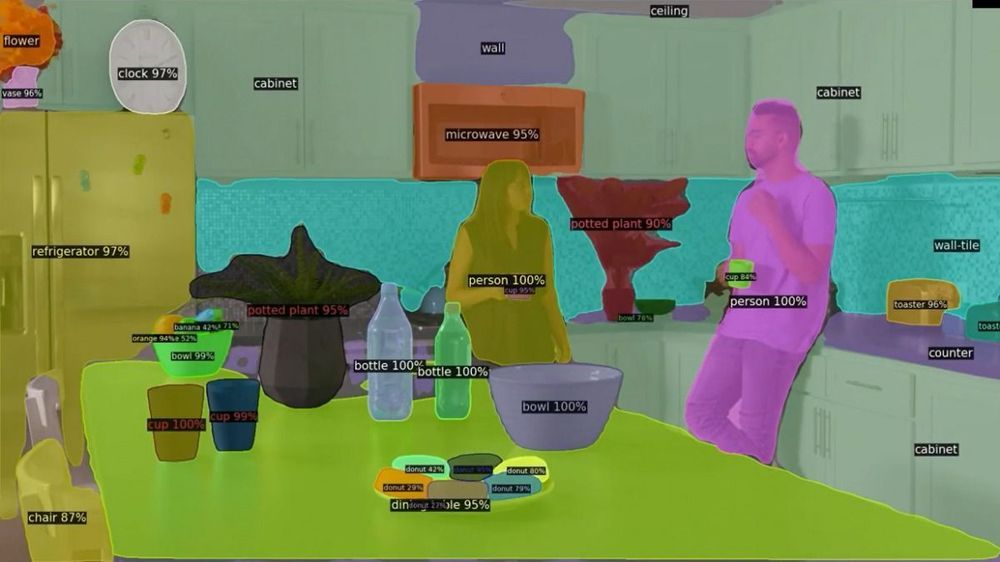
The context: The vast majority of Facebook’s moderation is now done automatically by the company’s machine-learning systems, reducing the amount of harrowing content its moderators have to review. In its latest community standards enforcement report, published earlier this month, the company claimed that 98% of terrorist videos and photos are removed before anyone has the chance to see them, let alone report them.
So, what are we seeing here?: The company has been training its machine-learning systems to identify and label objects in videos—from the mundane, such as vases or people—to the dangerous, such as guns or knives. Facebook’s AI uses two main approaches to look for dangerous content. One is to employ neural networks that look for features and behaviors of known objects and label them with varying percentages of confidence (as we can see in the video, above.)
Training in progress: These neural networks are trained on a combination of pre-labelled videos from its human reviewers, reports from users, and soon, from videos taken by London’s Metropolitan Police. The neural nets are able to use this information to guess what the entire scene might be showing, and whether it contains any behavior or images that should be flagged. It gave more details on how its systems work at a press briefing this week.
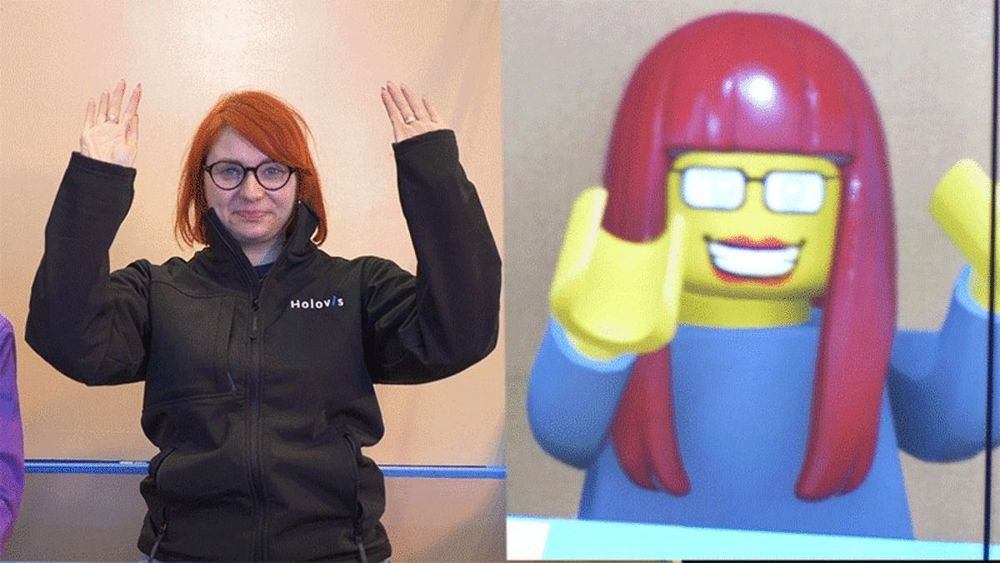
Have you ever dreamed of turning yourself into an inch-tall plastic figure who can’t bend their arms or legs, and must interact with the world using a pair of lobster-like claw hands? Lego’s new theme park, opening next year in New York, will make that dream a reality using sophisticated motion tracking and neural network facial recognition.